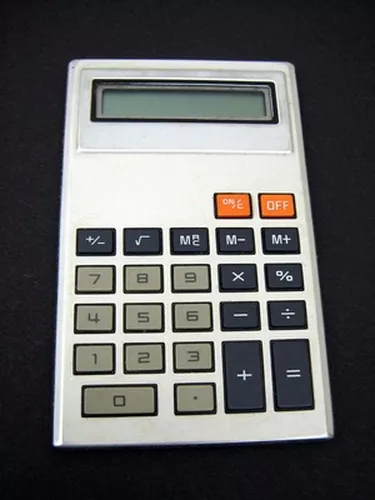
Many investors compare investments based on liquidity; that is, how easy is it to find a market for your asset. After all, the value of an asset means nothing if you can't find a buyer. For this reason, investors like to look at liquidity risk as a way gauge how easy it will be to sell the asset and/or convert to cash. The most common measure of liquidity is the "bid and ask spread" (bid/ask spread). This is the difference between the purchase and sell price of the asset. You could also use market capitalization.
Determine the Bid-Ask Price
Video of the Day
Step 1
Determine the bid price. This "bid price" is the highest price investors are willing to pay for a stock. The bid price is displayed when you get a current quote from a news service or broker. Presume the bid price is $30.
Video of the Day
Step 2
Determine the "ask" price. This is the lowest price investors are willing to sell a stock for. Like the bid, the ask price is available at brokerage and financial websites. Presume the "ask" price is $34.
Step 3
Find the difference between the bid price and ask price. The calculation is: $34 - $30 = $4. The larger the spread, the lower the liquidity since buyers (those who bid) and sellers (those who ask) are closer in price and more likely to make a sale or transaction.
Determine the Market Capitalization
Step 1
Determine the current stock price. Presume the current stock price is $34.
Step 2
Determine the number of shares outstanding. This is in the "stockholder's equity" section on the balance sheet. The balance sheet is found in the company's annual report. Presume the number of shares outstanding is 1 million.
Step 3
Calculate market capitalization. This is the current share price multiplied by the total number of shares outstanding. The answer: 1 million shares multiplied by $34 per share, or $34 million. In general, the higher the market capitalization, the higher the liquidity.